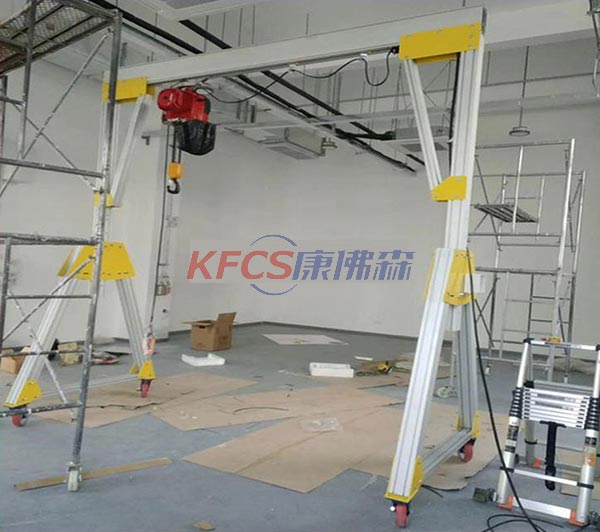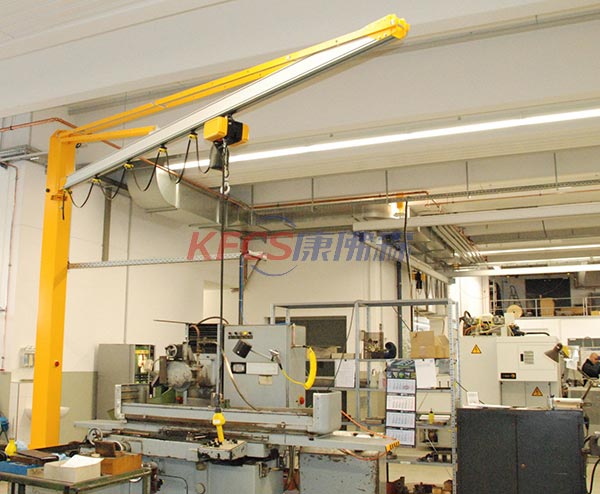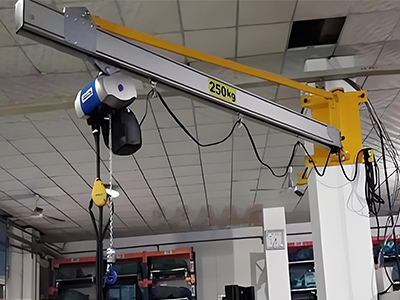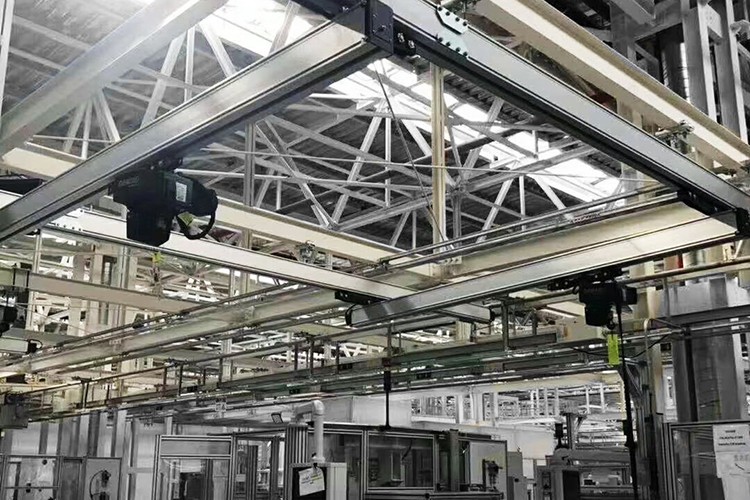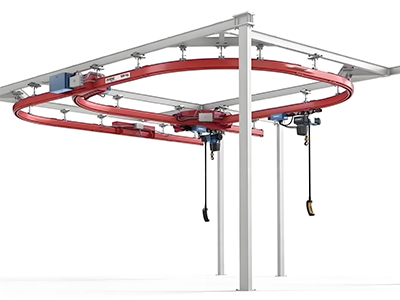How to Reduce Energy Consumption by 30% for Suspended Aluminum Alloy Cranes
Through structural optimization and technological upgrades, Suspended aluminum alloy cranes can reduce overall energy consumption by over 30%. The following is a detailed analysis from four perspectives: lightweight materials, drive system innovation, intelligent control, and energy recovery.
I. Lightweight Design and Material Optimization
1. Aluminum Alloy Replacing Steel
Aluminum alloy has a density only one-third that of steel. Using aluminum alloy rails and components significantly reduces the weight of the equipment, reducing overall weight by over 40%. This reduced weight eliminates the need for the drive system to carry additional loads, allowing the motor's rated power to be reduced by 25%-30%, directly reducing no-load operating energy consumption by 15%.

II. High-Efficiency Drive System Upgrade
1. Permanent Magnet Synchronous Motor Replacing Asynchronous Motors
Traditional asynchronous motors have low efficiency at low speeds or light loads. By eliminating excitation losses, permanent magnet synchronous motors improve efficiency by 15%-20%. Application in an electronics factory has reduced motor system energy consumption by 18%, achieved a power factor close to unity, and reduced reactive power losses in the grid.
III. Intelligent Control System Optimization
KFCS aluminum alloy overhead cranes intelligent control system provides precise energy management. Equipped with variable frequency speed regulation technology, it automatically adjusts speed based on load, preventing high-speed operation when unloaded.
It also features a load-sensing device that automatically enters low-power mode (reducing energy consumption to 10% of rated value) when idle, saving approximately 7% in energy savings.

IV. Energy Recovery and System Integration
1. Braking Energy Recovery
During descent or braking, kinetic energy is converted into electrical energy and fed back to the grid via an inverter. A case study using a suspended aluminum alloy crane at a well-known company demonstrates that this technology can achieve energy savings of 20%-40%.
2. Cascaded Thermal Energy Utilization
A steel-aluminum composite pipeline company has achieved annual electricity savings of over 500,000 yuan by recovering waste heat from air compressors, achieving an overall energy efficiency of 15%.
